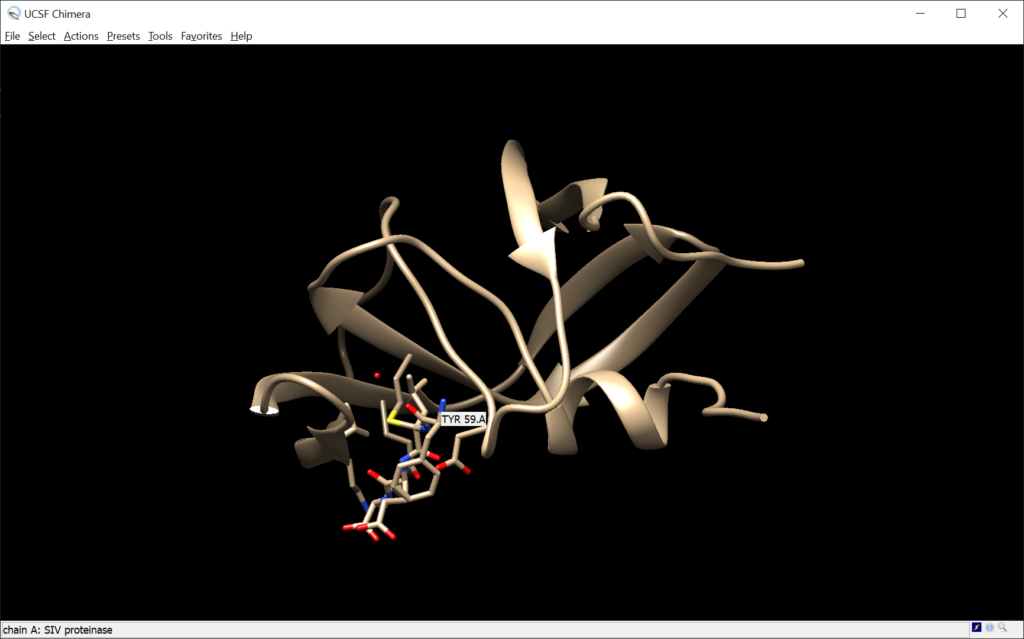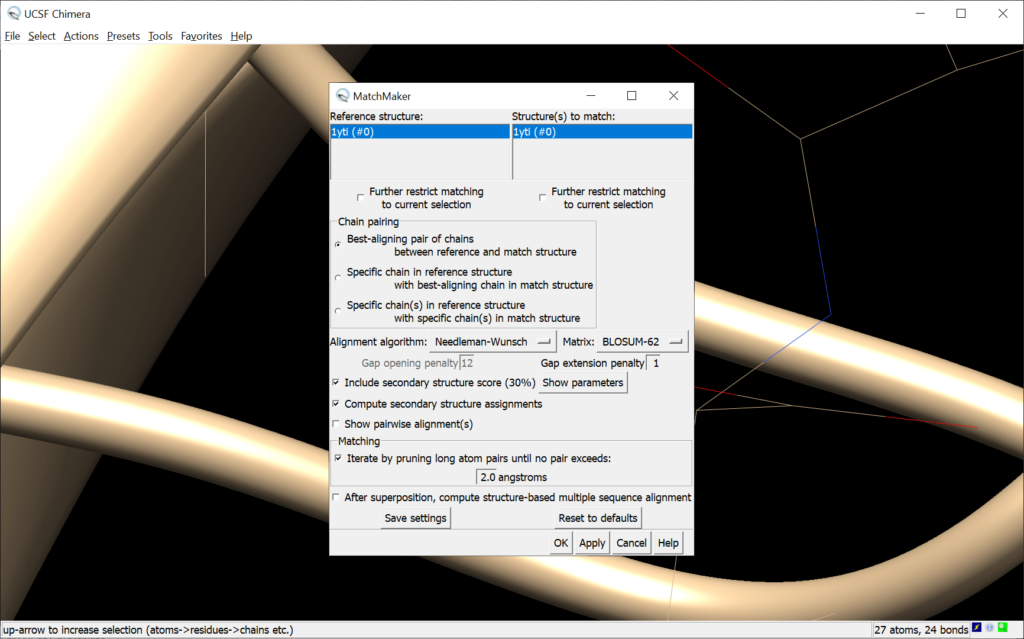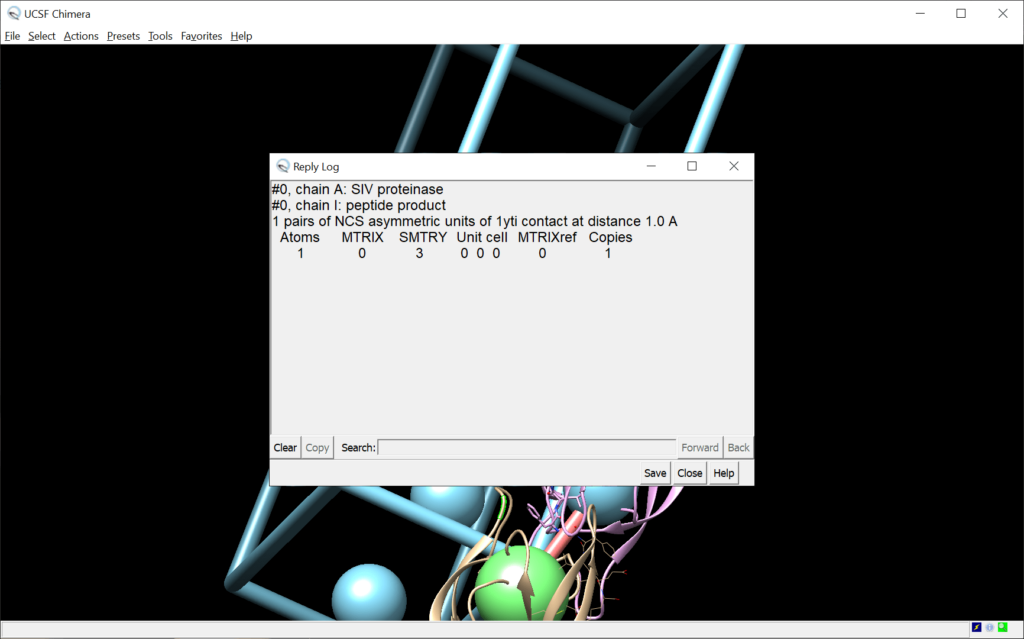Using this application developed by the University of California scientists in various fields can explore complex molecular data such as atomic structures.
UCSF Chimera
UCSF Chimera is a Windows solution for visualizing different types of molecular structures, which is critical in biology, chemistry and bioinformatics research. There are tools for rotating and moving individual objects to closely examine their details. Trajectories from MD simulations can be displayed as well.
High quality visualization
The software enables you to generate 3D models of molecular structures, including sequence alignments. It supports various common data formats like:
- PDB;
- CIF;
- OBJ, etc.
Similar to Accelrys Draw, users can zoom in and out of the workspace, simplifying data exploration. Moreover, there are several display styles such as ribbons to further customize the view. An option to create accurate surface representations of molecules is provided as well. This is particularly beneficial for measuring the accessible area, electrostatic potential and cavities.
Ligand binding studies
There are tools to process molecular docking results, which are key for learning how ligands interact with proteins. You are able to research the effectiveness of new drugs by comparing their characteristics. 3D electron microscopy data can be easily interpreted as well.
Features
- free to download and use;
- allows scientific researchers visualize and explore custom molecular compositions;
- you can generate precise surface maps;
- it is possible to study simulated protein interactions;
- compatible with modern versions of Windows.



